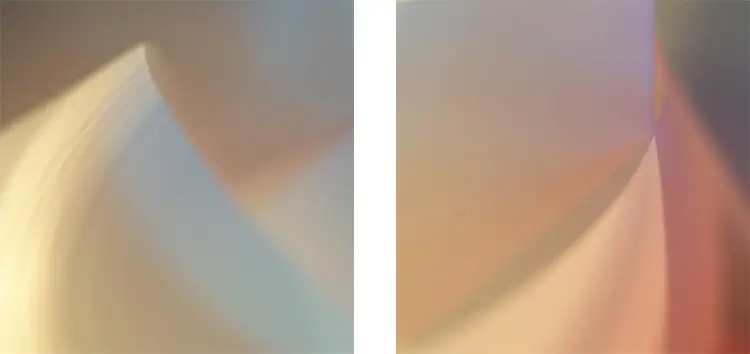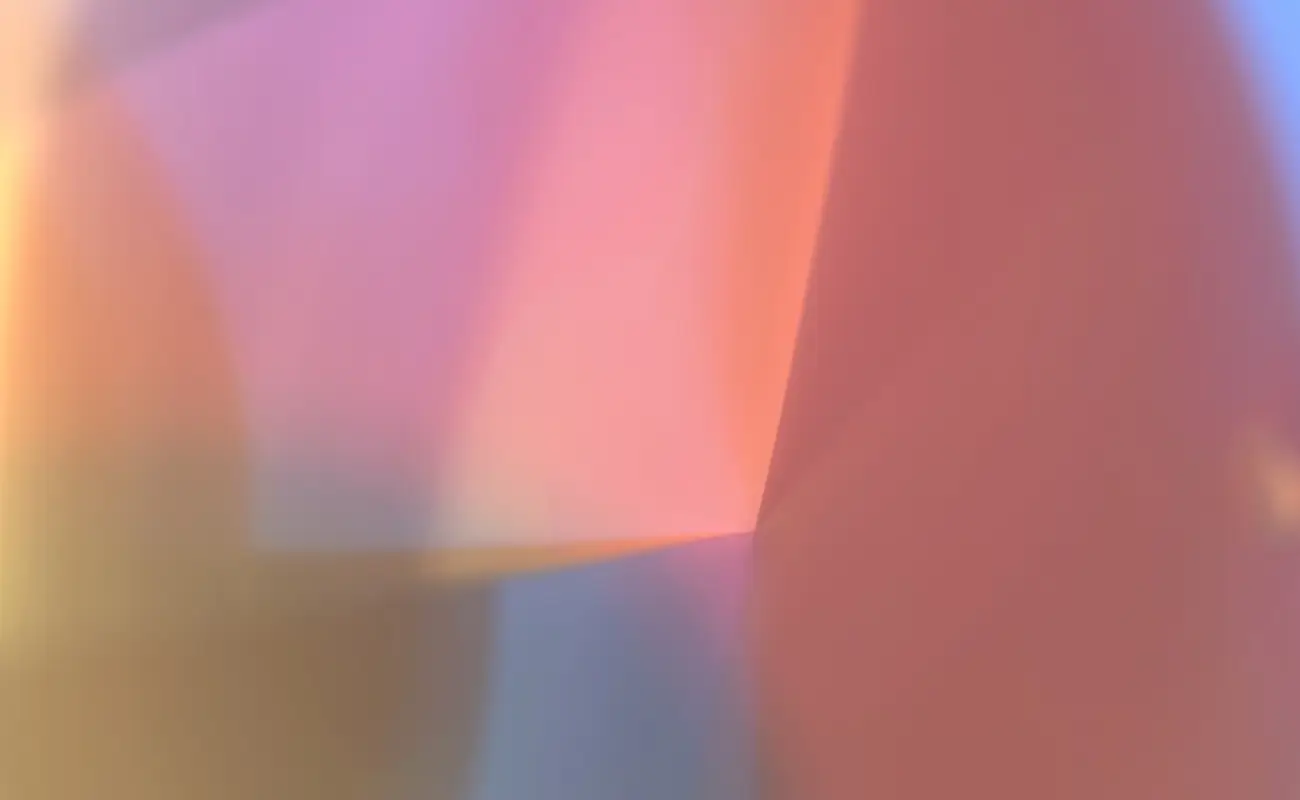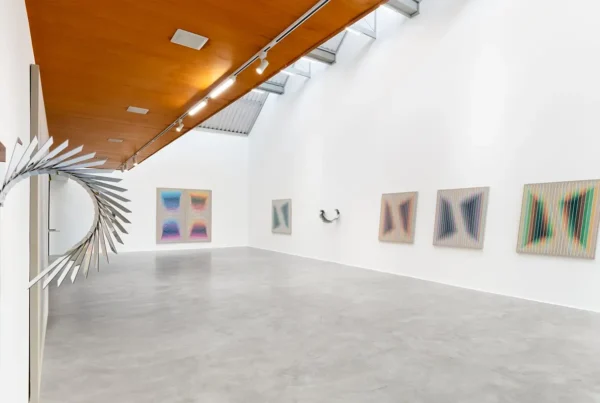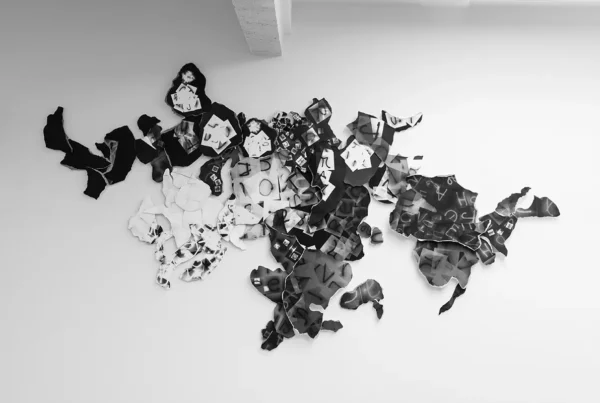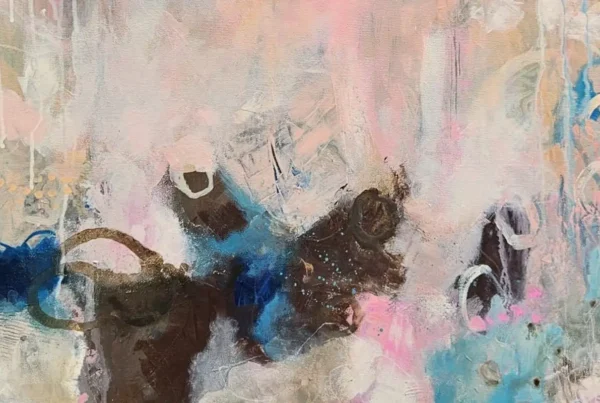“Creativity isn’t a hobby you pick up and put down. Instead, it’s a fundamental lens through which you view the world.”
Sculpting the Invisible: Photography as Atmosphere
David Solomita’s creative universe is anchored in the interplay of light, form, and perception. Now based in San Francisco after spending most of his life in New York City, Solomita brings decades of visual exploration into sharp focus through his large-scale photographic works. His practice defies categorization, combining photography, sculpture, and abstraction to produce images that feel both tangible and elusive. The artist’s lens captures carefully constructed sculptural forms—often built from paper, plastic, and translucent materials—illuminated by vibrant gels to evoke spatial ambiguity and a meditative calm. These photographs, printed at sizes up to 5 by 7 feet, invite the viewer not to simply look, but to enter and inhabit.
Trained as a fine art photographer at the Rochester Institute of Technology, and later earning a graduate degree in Educational Leadership in the Arts, Solomita’s approach is deeply informed by both technical proficiency and a nuanced understanding of viewer engagement. His early experiments in painting and screenprinting on massive 11-foot canvases now echo in his photographic work, where materiality and form continue to play a central role. Solomita’s compositions dissolve the boundary between object and image, aiming not for realism but for resonance. The use of analog materials and rejection of digital manipulation further underscores his commitment to the authenticity of experience. Each composition is the result of a deliberate dance between constructed light and sculptural volume, drawing influence from movements like Color Field painting while maintaining a distinct photographic identity.
Informed by years of teaching across disciplines such as animation, drawing, and digital design, Solomita’s work holds pedagogical echoes as well. His professional roles at Parsons School of Design and Teachers College Columbia University reflect a lifelong commitment to education, a path that has clearly shaped how he considers the interaction between image and audience. His installations and photographic prints function not as static objects, but as visual environments meant to be explored. Solomita doesn’t simply present a picture; he extends an invitation to witness how color and form can blur the edges of consciousness.
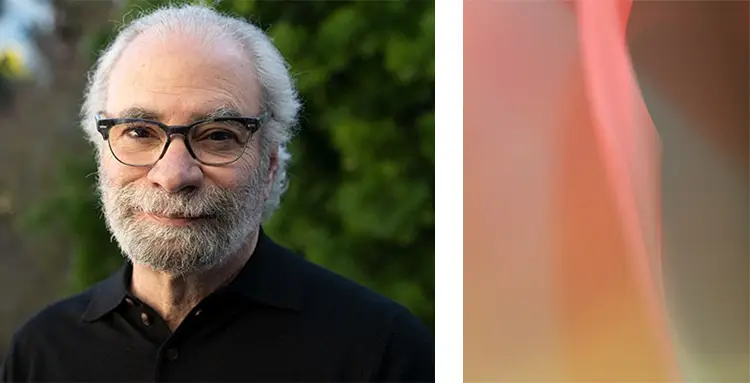
David Solomita: The Alchemy of Light and Material
Solomita’s artistic style centers on the quiet drama that emerges when light is treated as both substance and narrative. The process begins with the construction of delicate sculptural forms—folded, draped, or shaped from materials such as paper and plastic—then illuminated using colored gels that diffuse across their surfaces. No element is digitally altered; instead, the artist relies solely on the physical behavior of light and material. These compositions often feature gentle gradients of rose, lavender, celadon, and azure flowing over undulating contours, creating a sense of suspended motion. This insistence on analog technique serves as a foundational principle in Solomita’s work: authenticity must originate from the interaction between the constructed object and the lens, not from post-production effects.
The resulting images resist classification. They echo the emotional depth of Color Field painting while employing the visual strategies of photographic abstraction. Yet Solomita pushes further, using volume and shadow not just as design elements, but as pathways to spatial intimacy. Each piece functions as an environment unto itself—an atmosphere where the viewer’s perception floats without anchors. The absence of recognizable subjects or rigid boundaries frees the observer to project their own meanings onto the compositions. It’s an approach that fosters engagement rather than passive viewing, encouraging viewers to linger and interpret slowly.
Themes of stillness, breath, and impermanence thread through Solomita’s oeuvre. His pieces have been compared to silk drifting through water or petals caught mid-air, embodying a sense of motion that is felt more than seen. This ephemeral quality enhances the contemplative nature of his art, asking viewers to quiet their inner noise and simply be present with the image. Rather than dictate meaning, Solomita creates space for introspection, positioning his work as an act of offering rather than declaration. It’s this openness, combined with technical elegance, that elevates his photographs beyond composition and into experience.
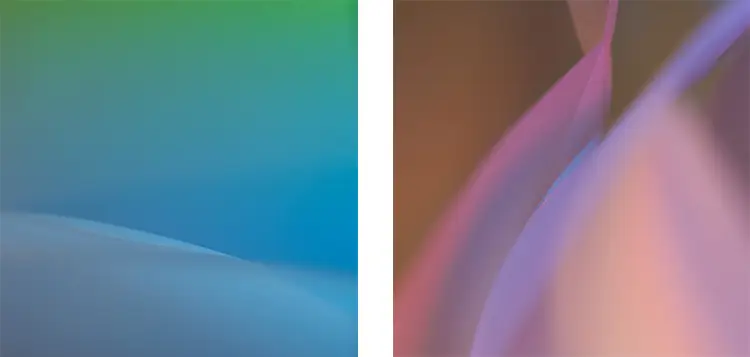
A Discipline of Perception: Practice, Process, and Influence
For Solomita, art is not confined to a studio or limited to discrete moments of creation; it is an integrated way of living. His relationship with the act of making began early, starting with photography and experimental filmmaking in his teens. That practice of observing, interpreting, and composing has only deepened over time, becoming a method of understanding the world rather than merely documenting it. Whether arranging a meal or constructing a visual composition, Solomita approaches every act with the same creative rigor, treating each as an opportunity to explore texture, mood, and structure. This commitment to seeing artistically in all aspects of life sets the foundation for his visual language.
Within his working space, essential components include not only physical tools like colored gels and sculptural materials but also a heightened sensitivity to distraction. His process demands patience, focus, and adaptability. Each image requires a precise balance of color field and form, where even the subtlest change in lighting can transform the entire composition. Though he employs no Photoshop alterations, his results are richly nuanced, reflecting the depth of physical experimentation required to capture the illusion of movement and volume. The scale of his work—often exceeding five feet—amplifies the immersive quality, ensuring that the viewer feels surrounded rather than separated by the image.
Influences on Solomita’s work span a wide and thoughtful range. The geometric precision and chromatic logic of Josef Albers, the emotive flow of Morris Louis’s stains, and the psychological intimacy of Marlene Dumas all leave perceptible marks on his aesthetic philosophy. Yet he avoids imitation, drawing instead from their conceptual strengths to inform his own voice. His creative process is as much about building upon his past work as it is about discovering new terrain. He often finds the greatest significance in his most recent pieces, believing they carry the distilled lessons of all that came before. This evolving practice reinforces the notion that art is never static, but always in conversation with time, self, and possibility.
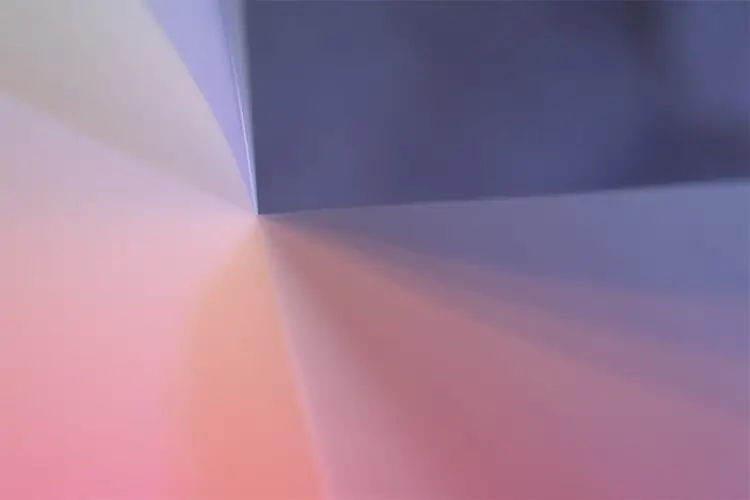
David Solomita: Constructing Scale, Capturing Recognition
Solomita’s ongoing journey through abstraction has garnered significant international attention. His photograph Pretend earned recognition as a finalist in the LensCulture Exposure Awards in 2020, marking an early milestone in his photographic acclaim. That same year, his work—including Kind, Rippling, and Angels-Of—received a Silver Award and a Portfolio Award at the San Francisco Bay International Photography Awards. These accolades highlight not only his technical skill but also the resonance his images have across audiences and judges alike. The same body of work won a Bronze Award from ArtAscent Magazine, further solidifying his place in the contemporary art dialogue.
Momentum continued in 2021 with Solomita’s photograph Nascent selected as a finalist in the prestigious Arte Laguna Prize, leading to its exhibition at the Arsenale of Venice. That same year, he earned the Mixed Media Award from TMF Gallery in Zurich and was chosen for the PREMIO COMBAT Prize at Museo Civico Giovanni Fattori in Livorno with his piece Elusive. These exhibitions demonstrated his ability to bridge geographic and cultural boundaries with artworks that speak in a universal language of light and emotion. His presence in European galleries provided a broader stage for his immersive approach, allowing his compositions to interact with new architectural and spatial contexts.
In 2022, Solomita’s visibility grew further with Gnomonic exhibited at the Center for Photographic Art (CPA), Downfall shown at the Maryland Federation of the Arts, and Apotheosis featured in both the PREMIO COMBAT Prize and Malamegi Lab in Rome. His works Symphony and Erudite were later included in Experimenta: The Other Photography Exhibition in Rome, marking yet another step in his exploration of visual poetics on a global scale. Looking ahead, Solomita envisions translating his sculptural constructions into large outdoor installations, a move that would allow the physicality of his work to exist outside the frame altogether. For an artist so attuned to the subtleties of space and perception, the expansion into monumental public sculpture represents not a departure, but a natural continuation of his creative philosophy.
